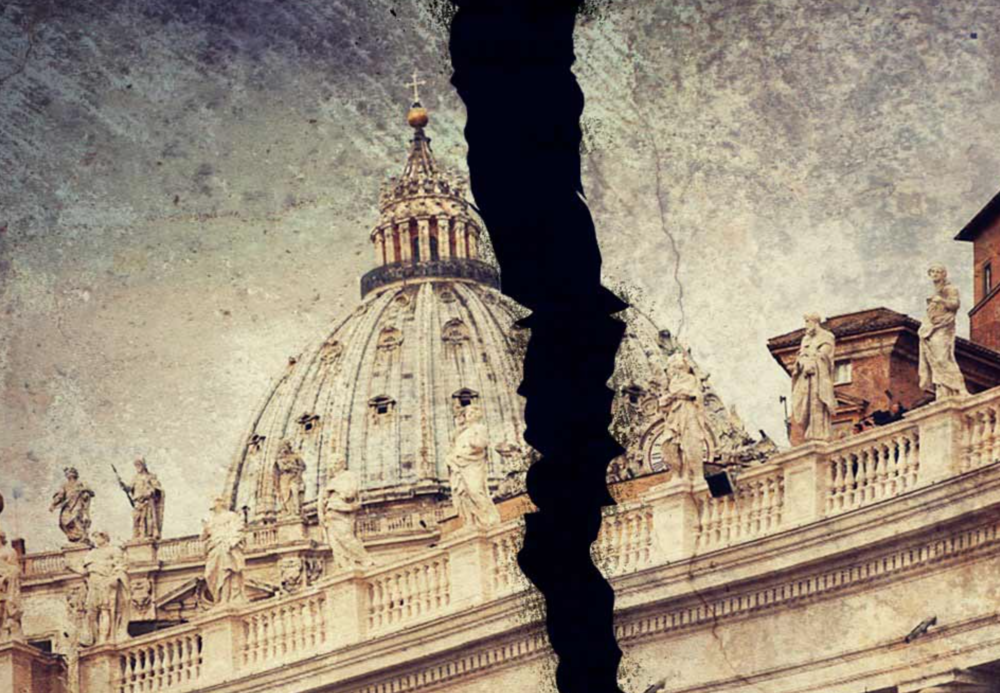This summer has been a very busy one for Pope Francis and the church. Adding to all this news was World Youth Day held in Lisbon, Portugal. Last held in 2019, the event — often nicknamed the “Catholic Woodstock” — was initiated by Saint Pope John Paul II in 1985.
The concept of World Youth Day has been influenced by the Light-Life Movement that has existed in Poland since the 1960s, where Catholic teens celebrated a “day of community” during youth camp retreats. This has morphed into the five-day event that ended yesterday.
The journalists in the mainstream press have never known what to do with this event. This is, after all, a positive gathering that brings together millions of people, mostly young Catholics. This is not an everyday thing. It shows young Catholics happy to embrace the church, while celebrating its teachings — a stark contrast to the secular world and the messages of hopelessness and sin we get each day.
As a result, the mainstream press covers World Youth Day and the pope’s appearances through a lens of scandal and (#ShockedShocked) politics.
Doctrine, as is often the case, is simply swept aside. Anything positive that can be gleaned from the gathering of so many young people is tossed aside. World Youth Day is a snapshot of the church’s future — but you wouldn’t know it from much of the coverage of the last week. For example, going to confession (with the pope helping out) is a major part of the World Youth Day experience. Valid story?
For great — and complete — World Youth Day coverage, the Catholic press did its job, once again. Places such as Crux, The Pillar on Substack and Catholic News Agency created pages where all their stories could be found. In other words, a one-stop-shop for all things World Youth Day.
How did the mainstream media do?
Take a guess.
I understand there are different audiences to satisfy, but ignoring what’s in front of their eyes — large masses of young Catholics excited about their faith — in favor of what I saw as negative coverage isn’t a snapshot of reality. It is, instead, a focus on what editors and journalists think their own loyal niche audiences want to read about the modern church.










